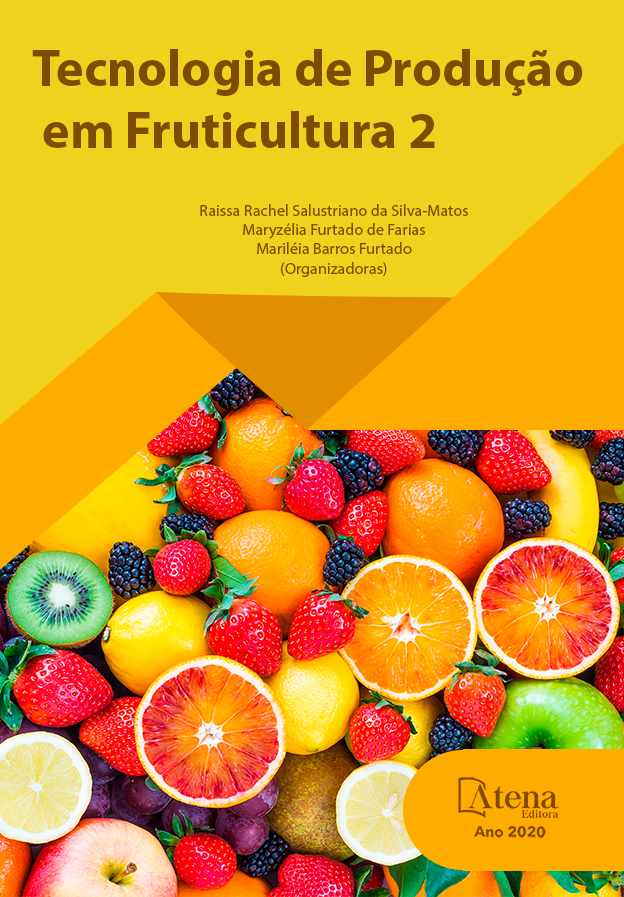
CUSTOS E RENTABILIDADE DA PRODUÇÃO DE AMORA-PRETA CV. TUPY NO MATO GROSSO DO SUL
Como uma nova opção de cultivo a amora-preta (Rubus spp.) tem despertado o interesse de vários produtores em muitas regiões do Brasil. Esse interesse pode ser devido principalmente à sua rusticidade, alto rendimento e também ao valor agregado. Este trabalho teve por objetivos avaliar os custos e a rentabilidade na cultura da amoreira-preta em Dourados – MS, como possível alternativa para produtores da região. Os dados utilizados para determinar os custos de implantação, produção e rendimento foram estimados para um hectare de amora-preta obtidos do experimento em campo, instalado em área da Fazenda Experimental de Ciências Agrárias, da Universidade Federal da Grande Dourados/UFGD. O experimento foi montado num delineamento experimental em blocos casualizados, em esquema de parcelas subdivididas, com 3 repetições para três tipos de condução. Para calcular os custos e demais indicadores econômicos, utilizou-se a metodologia de Custo Operacional Total (COT) do Instituto de Economia Agrícola. Foram utilizados como referência os preços fornecidos pela CEASA-Campinas, durante o período de colheita. Nas condições estabelecidas para a pesquisa (anos agrícolas), concluiu-se que: a quantidade de operações manuais é responsável pelo alto valor dos custos, representando na primeira safra 27,24% e na segunda 29,72%; o cultivo de amoreira-preta na região é rentável; os custos de implantação e condução da amora-preta variam conforme o sistema de condução adotado pelo fruticultor; com a produção antecipada pelas épocas de poda (outubro), verificaram-se melhores preços de venda no segundo ciclo de produção.
CUSTOS E RENTABILIDADE DA PRODUÇÃO DE AMORA-PRETA CV. TUPY NO MATO GROSSO DO SUL
-
DOI: 10.22533/at.ed.50420011012
-
Palavras-chave: amoreira-preta; custo de produção; lucratividade
-
Keywords: black mulberry; costs of implantation; profitability
-
Abstract:
As a new cultivation option, blackberry (Rubus spp.) Has aroused the interest of several producers in many regions of Brazil. This interest may be due mainly to its rusticity, high yield and also to the added value. The objective of this work was to evaluate the costs and profitability of the blackberry crop in Dourados - MS, as a possible alternative for producers in the region. The data used to determine the costs of implantation, production and yield were estimated for one hectare of blackberry obtained from the field experiment, installed in an area of the Experimental Farm of Agricultural Sciences, of the Federal University of Grande Dourados / UFGD. The experiment was set up in a randomized block design, in a split plot scheme, with 3 repetitions for three types of conduction. To calculate costs and other economic indicators, the Total Operating Cost (COT) methodology of the Instituto de Economia Agrícola was used. The prices provided by CEASA-Campinas were used as a reference during the harvest period. In the conditions established for the research (agricultural years), it is concluded that: the number of manual operations is responsible for the high value of the costs, representing in the first harvest 27.24% and in the second 29.72%; the cultivation of black mulberry in the region it is profitable; the costs of implanting and driving blackberries vary according to the driving system adopted by the fruit grower; with the production anticipated by the pruning seasons (October), there were better selling prices in the second production cycle.
-
Número de páginas: 17
- Wesley Alves Martins
- GUILHERME AUGUSTO BISCARO
- OMAR JORGE SABBAG
- Silvia Correa Santos


